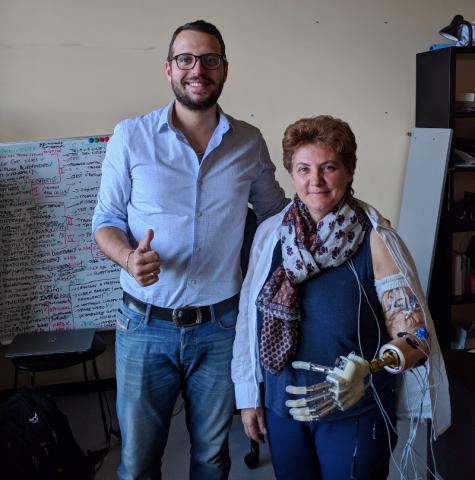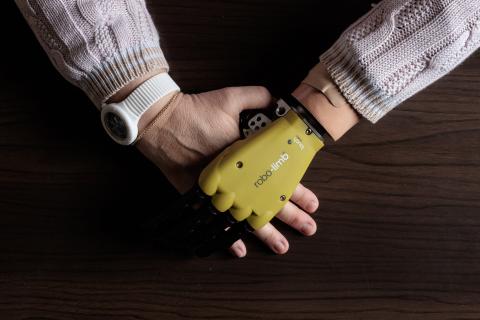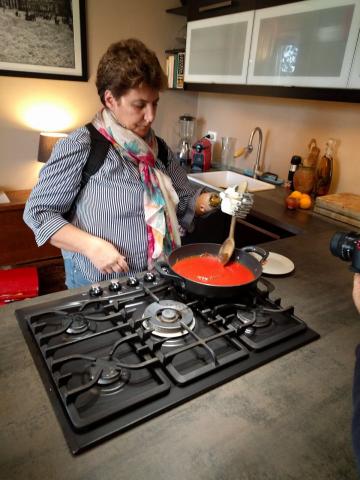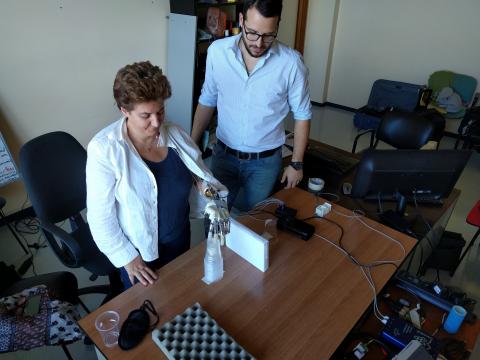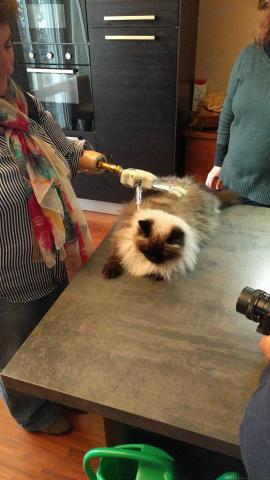A SIGNIFICANT STEP FORWARD IN BIDIRECTIONAL HAND PROSTHESES: A NEW STUDY PUBLISHED IN THE NEURON JOURNAL FOUND THAT BIOMIMETIC APPROACH CONVEYS MORE NATURAL AND EFFECTIVE TACTILE FEEDBACK
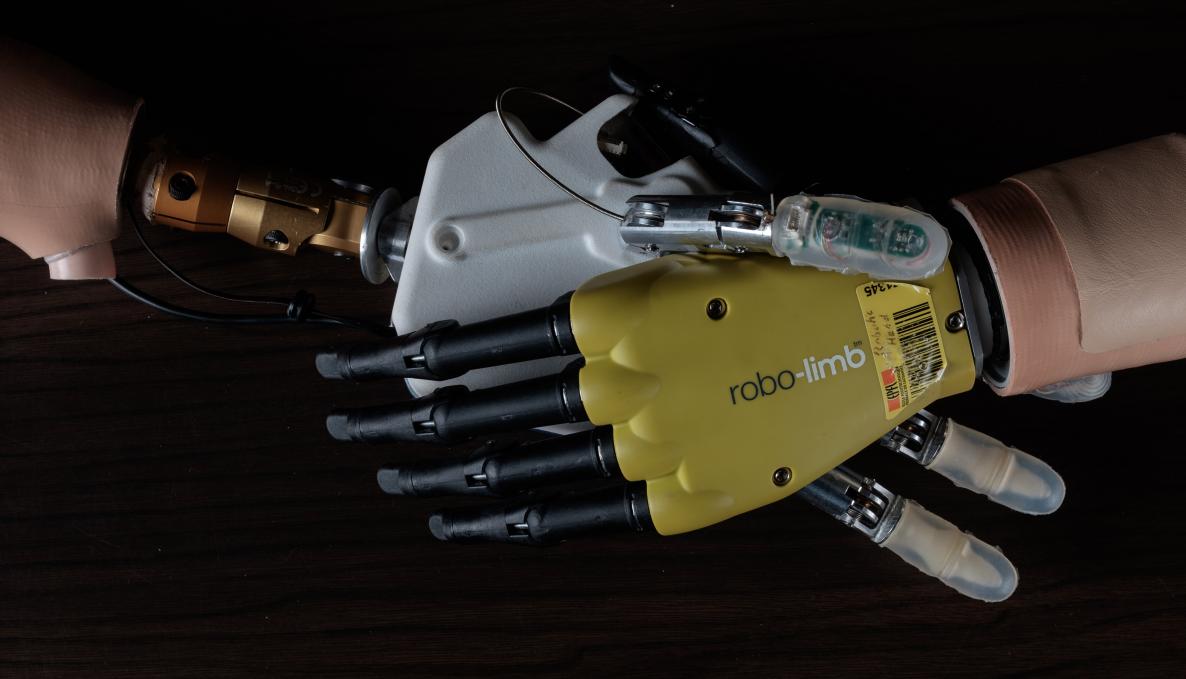
Over the last decade, prosthetic hands have become increasingly anthropomorphic. They can nearly duplicate the dexterity and functionality of human hands. However, grasping and dexterously manipulating objects relies on our natural sense of touch, not only in motor control but also in emotional communication and embodiment.
Scientist from Sant’Anna School of Advanced Studies -Pisa, École Polytechnique Fédérale de Lausanne (EPFL), University of Fribourg, and Policlinico Gemelli – Roma found that “hybrid” approaches will be needed to provide a more natural tactile feedback. They have worked on hybrid encoding strategies to deliver neural stimulation to trans-radial amputees implanted with intraneural electrodes. The research team supervised by Silvestro Micera, professor of bioengineering at the BioRobotics Institute of Sant’Anna School and Bertarelli Professor of Translational Neuroengineering at EPFL, has recently released the study “Biomimetic intraneural sensory feedback enhances sensation naturalness, tactile sensitivity and manual dexterity in a bidirectional prosthesis”, published in Neuron journal. Scientists have developed sophisticated approaches to control the optimal combination of naturalness and sensitivity of the tactile feedback that can be achieved with ‘‘hybrid’’ encoding strategies based on simultaneous biomimetic frequency and amplitude neuro-modulation. These strategies improved the manual dexterity during functional task while maintaining high levels of manual accuracy. They also improved prosthesis embodiment, reducing abnormal phantom limb perceptions (‘‘telescoping effect’’).
The results provided effective tools to investigate brain dynamics and tactile feedback to adjust the motor command to the prostheses. Tactile feedback significantly improved the accuracy in force control when using hybrid-encoding strategies. This study reported the results of a study of the perceptions in the context of achieving the goals of the prostheses control. Scientists can then speculate that the acquisition of a feedforward control scheme can be used to operate the prostheses at a higher level of performance.
Giacomo Valle, PhD student at Sant’Anna School and the first author of the paper, explained: “First, we investigated the source of the tactile information and we tried to assess the neural network dynamics and mechanisms through a set of algorithms. During the tests, neurons were stimulated by activating hand-fingers patterns. Our results show that we can reproduce complex neuronal dynamics as spontaneous”.
“The results demonstrate that our most advanced artificial limb, a hand prosthesis that can be controlled by a human brain – said Silvestro Micera – is felt by the amputee as the natural one. We are now working on making this solution available to large-scale clinical trials”.
“Our bionic prosthesis consists of a dexterous hand for exploring the world around us – said Paolo Maria Rossini. We have succeeded in restoring sensory feedback providing sensory information from the artificial hand to the brain and enabling the user to control complex hand and finger movements (such as playing the keyboard or using a barbell). It is the most desirable feeling to feel. You will feel like life is good again”.
“The feeling is spontaneous as if it were your real hand; you're finally able to do things, mundane but important things, that before were very difficult”, said Loredana Puglisi and Almerina Mascarello who performed functional tasks (objects’ recognition and sensing) inside and outside of the laboratory environment.
The study has been funded through NEBIAS, the EC research project pioneering a novel upper limb prosthesis neuro-controlled and felt by the amputee as the natural one. NEBIAS was launched in November 2013 as a 4-year project and is supervised by bioengineers and neurologists of Sant’Anna School Biorobotics Institute, and EPFL (École Polytechnique Fédérale de Lausanne).

